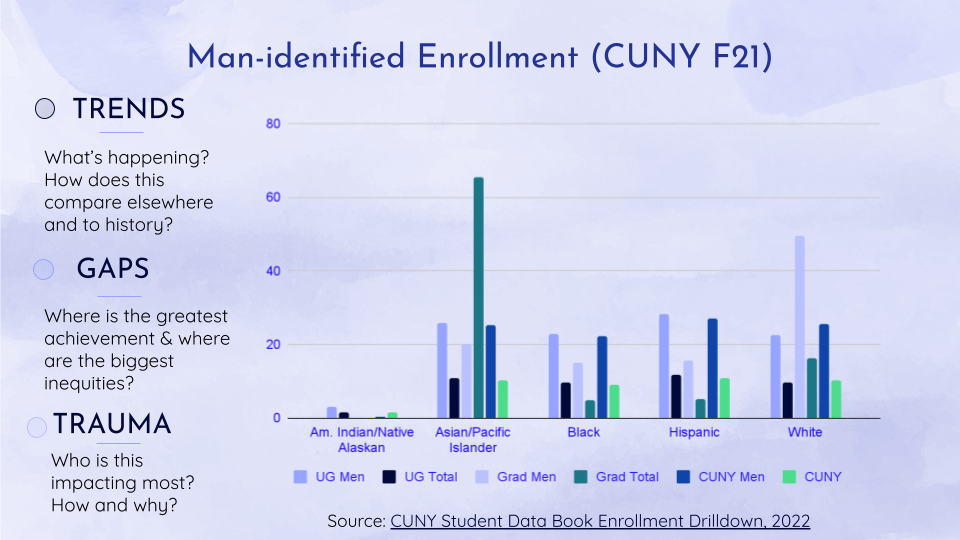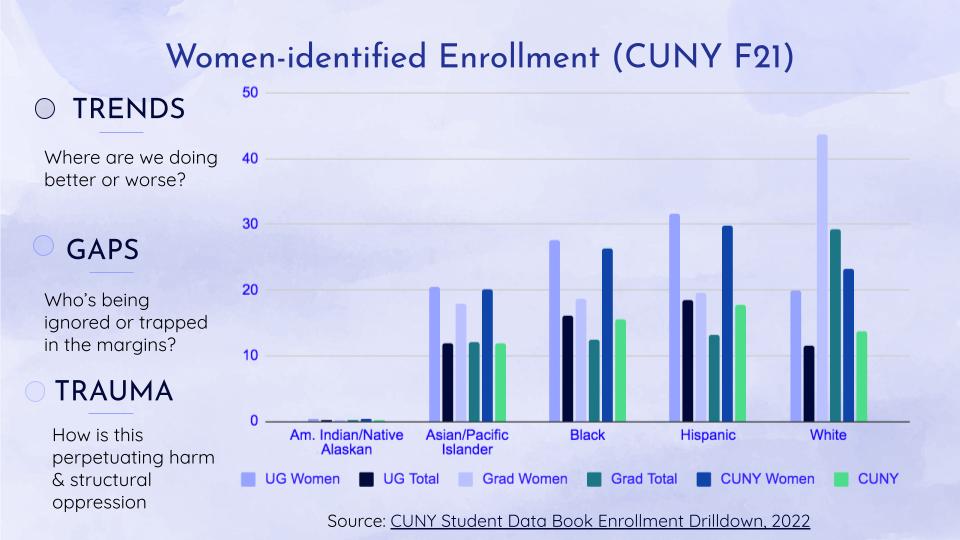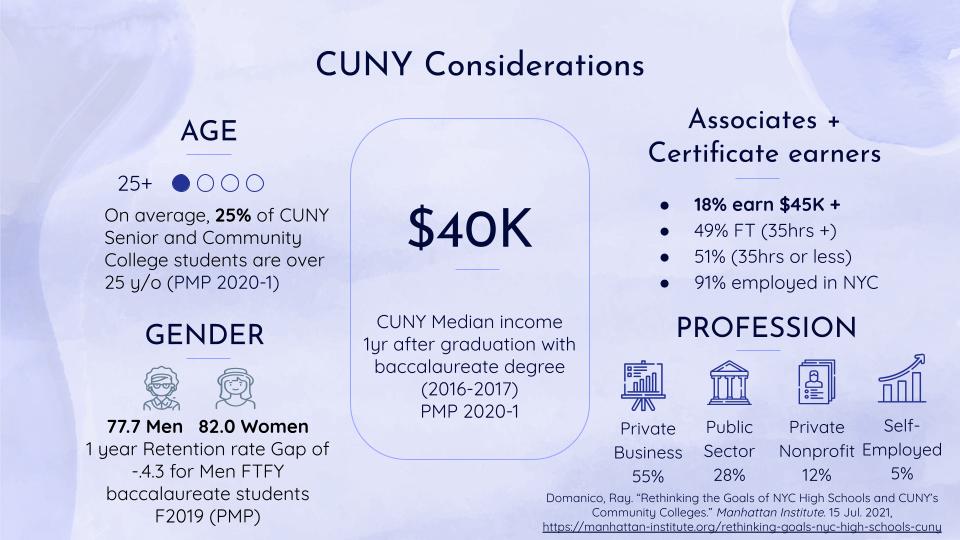Module 7: Equity, Diversity & Inclusion
DEI vs. EDI | Why EDI? | Why EDI? Pt. 2 | Student Affirming Pedagogies | Assignment & Discussion
Why EDI? (continued)
After having completed the social identity wheel, hopefully you recognize the various identities you embody, and how closely or distant each of these are from the societal norms for those categories. As previously mentioned, the more closely aligned these are to the norms, the more privilege received and protections to which one is entitled. Which identities are the most significant for you and which ones confront you with the most challenges? Are these identities easily perceived by others or are they hidden?
Everyone is entitled to their privacy and to live as they please, yet it is important to recognize that not everyone has the same ability to conceal an aspect of their identity which is subject to social and political scrutiny, can be marginalized and discriminated against. Historically applied to race and gender, “passing” or intentionally moving through the world in a different identity to receive the benefits of that group is usually a form of protection, and can also be read as an act of resistance. Many light-skinned Black people have passed for white in order to secure their freedom, rights and privileges of property ownership and economic self-determination. Similarly, women have historically passed for men in order to secure their physical and economic safety, and sometimes to prevent discovery of their non-heterosexual identities.
Recently, there have been a number of incidents of scholars passing for different identities, particularly posing as people of color. This might seem counterproductive and irrational as these groups, particularly Black and Latine folx are not the dominant group, but there are often exclusive privileges given to the chosen few minorities in positions of power within institutions that confer highly sought after benefits and opportunities to a marginalized group. Prime examples of passing-gone-wrong, these cases reveal the complexity of how identity categories, privilege, perception, and initiatives like DEI and EDI function. It’s important to address how these actions impact the marginalized groups, as well as take the individual’s intentions and actions into consideration. What is gained or lost when a woman like Rachel Dolezal convinces herself that she is Black and goes on to lead the local chapter of the NAACP, an organization founded by Black and white people to address racial injustice? Who is advantaged or disadvantaged by her behavior and what are the long term repercussions on local and wider geographies? Similarly with the white scholar who pretended to be Afro-latina to receive credibility, speaking engagements and publishing opportunities?
Institutionally, affirmative action admission policies have been used to address the exclusion of certain groups and the documented impact of college education on an individual’s ability to flourish in a capitalist democracy. Take a look at some recent figures regarding CUNY’s demographics illustrated below.




You can also take a look at these figures across the various community and senior colleges. How do you think these impact the classroom and campus environment? How might you take steps to increase equity in your classroom experience, considering race and your students’ various intersectional identities?
Attribution
This module was created by Janelle Poe.

